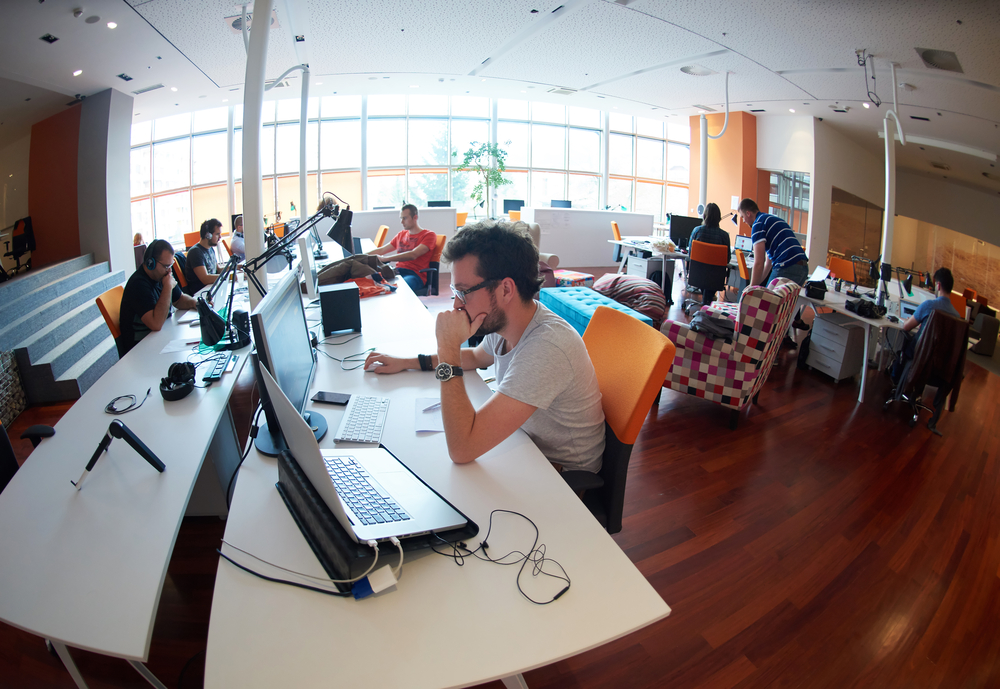Craig Stires, Head of Analytics, Artificial Intelligence, and Big Data, Amazon Web Services, Asia Pacific tells us what’s really changed in analytics over the past 20 years, and what hasn’t. He also explains how AWS is helping developers with tools like Amazon SageMaker to create fully managed services and deploy machine learning models.

Craig Stires, Head of Analytics, Artificial Intelligence, and Big Data, Amazon Web Services, Asia Pacific
DC: You’ve been dabbling with Data Analytics for the last 20 years. How much has changed since then and what hasn’t?
Craig: Companies have always wanted to be able to understand their customers. They wanted to understand their supply chains, they wanted to have better inventory management. They wanted to be just operationally excellent. Companies have always wanted this. And the underpinning of that is, having to understand the business, and that was often done through understanding the data of the business. So, understand the data around operations, understand the data around customers. And being able to even look outside, like understanding market data. That’s not new; that’s been around for a long time. Before businesses were even very digital.
DC: All that to get outcomes and insights from data, right?
Craig: Exactly. Like you said, 20 years ago I got into the analytics industry. But I also started as a programmer and I was doing behavioral science at the time. What I think is shifted, is the desire of companies still to have really good insights around customers. One of the projects I used to work on was loyalty programs. So, when supermarkets were first launching these cards, and the cards were capturing like, when you go out and you purchase milk and yogurt, and you are buying some sort of flour and all these other items, they were looking to understand something called Shopping Basket, which is essentially all the things that people buy in conjunction, like things that are purchased at the same time. So, once you understand shopping basket analysis you start to understand what a person’s life looks like, and are they shopping for family or for themselves. Or what kind of eaters, are they healthy eaters or snack junk food eaters. Based on that to do something with that, to personalise the service.
You get a lot of information about family and behavior and preferences. There’s a lot more you can tell from that data. Once you observe what people are doing you can start to understand that, and hopefully put together some sort of personalisation, where you can interact with your customers in a better way. To understand what their needs and wants are. As you are providing a good or service, you are not advertising. You are giving them something that they might actually want. This need is not new.
DC: But what’s changed in analytics, 20 years later?
Craig: Now we were doing all this 20 years ago. Businesses today are still wanting to do it. What’s changed in that time is that the customers I used to work with long ago before cloud; they didn’t have access, not everybody had access to the same technology, the same skill sets. It was few businesses that could afford the very top end – the top end of the market that could afford everything they needed from infrastructure and tooling sets to make that possible. So I think what shifted is the actual desire of businesses is the same today. Twenty years later people still want to know who are their customers. (They ask) am I engaging with them in the right way? Do they love me or not? Like those things haven’t changed.
Now they have the ability to say on AWS, I want to do something like create a natural voice interface. Underneath that, I want to capture what the conversation was, and I want to find out, did I answer that person’s request well or not? Did they end up taking the service that I recommended to them or not? And if they didn’t, what can I do to improve that?
Think about a company with just a few people. Now they can go to AWS, they can use a credit card to open an account. They can, for very cheap, be able to use a very top end of the line of AI services – that were only the domain of big businesses before.
DC: So, the technology is more accessible to people and organisations now. How are you supporting developers?
Craig: I think what the big shift in the market is, and I think right now what we’re saying is, we are just at the entry point of some of these technologies showing themselves in full form. If we make it available for every single kind of developer, say we have people who are web developers and mobile application developers. If they get access to AI services like language and vision, they can build that in with just API calls, that’s really powerful.
The next I would say, people more like I used to be, data analysts, people who are doing machine learning, giving them things like Amazon SageMaker, so we can create a fully managed service around the build, the train and the deploy of machine learning models. That used to be really hard to do, and only companies that could afford to buy all the infra could even play in that space. And now we are letting any developer, say actually, I just want to go out with some constraints, start a little bit of machine learning from a build environment, train a little bit and test it. So what has shifted is now any developer can access the same tools as any other developer. It is really leveling that playing field and because that playing field’s leveled, I think we are seeing just day one of what’s ultimately going to come.
About Amazon SageMaker:
Amazon SageMaker is a fully-managed platform that enables developers and data scientists to quickly and easily build, train, and deploy machine learning models at any scale. Amazon SageMaker removes all the barriers that typically slow down developers who want to use machine learning. Source: Amazon.com









